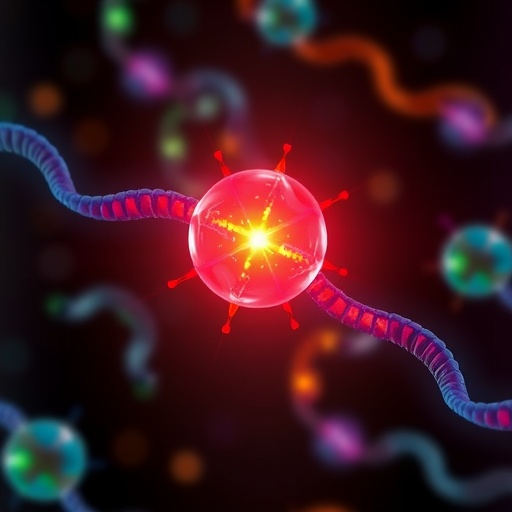University of Colorado Boulder researchers have discovered that a protein-coding gene called Schlafen11 (SLFN11) may induce a broad-spectrum cellular response against infection by viruses including HIV-1.
The new research, which was recently published in the journal PLOS Pathogens, found that SLFN11's antiviral potency is highest in non-human primate species such as chimpanzees and orangutans, but less effective in humans and gorillas, indicating that the gene's effects have become highly species-specific over time when it comes to fighting off HIV-1.
"The findings suggest that HIV-1 has been able to take advantage of this relaxed selection in humans," said Alex Stabell, a graduate researcher in CU Boulder's BioFrontiers Institute and lead author of the new research.
The human immune system contains various protein-encoding genes that are able to recognize the foreign signatures of RNA viruses and prevent their replication, providing a genetic line of defense against animal-based (zoonotic) diseases. HIV-1 is one of several zoonotic retroviruses that has been able to subvert these defenses and adapt to human hosts via mechanisms that are still being studied. HIV-1 was passed to humans from primates.
In 2012, researchers demonstrated that the SLFN11 gene is capable of limiting HIV-1 replication early in the virus's lifecycle, but the mere presence of SLFN11 in humans has not, to date, provided an effective bulwark against the disease.
"The immune system contains some of the most rapidly evolving genes in mammalian genomes, and what we are finding is that the immune systems of even very closely-related species, such as humans and chimpanzees, differ in dramatic ways," said Sara Sawyer, an associate professor in the BioFrontiers Institute and senior author of the new study.
To investigate why, the CU Boulder researchers analyzed data from primate genome projects around the country to get a broader picture of the gene's evolutionary history and compare its antiviral effects in other primate species.
"We examined different versions of this gene in other primate species, looking for positive selection over time," said Stabell. "Genes tend to want to be conserved, to stay the same. But a rapidly adapting retrovirus can force their hand."
The analysis found that over millions of years, the antiviral effectiveness of the gene diverged by species to the point where the SLFN11 proteins encoded by chimpanzees, orangutans, gibbons and marmosets now inhibit HIV-1 replication far more effectively than those produced by human, gorillas and bonobos.
The researchers also found that SLFN11 can have antiviral effects beyond just HIV-1. Even when HIV-1 is absent from a host's system, the gene broadly restricts protein production based on non-optimized codons, essentially reprogramming cells to create a general antiviral state.
The findings could provide new avenues of inquiry for future pharmaceutical and gene therapy research centered on HIV-1.
###
Co-authors of the study include John Hawkins and William Press of the University of Texas at Austin; and Manqing Li, Xia Gao and Michael David of the University of California San Diego.
The research was supported by the National Institutes of Health.
Media Contact
Alex Stabell
[email protected]
618-791-0630
@cubouldernews
http://www.colorado.edu/news
############
Story Source: Materials provided by Scienmag




